These first few days of the new year have been a bit of a roller coaster. As the east coast of the US was plunged into a weather condition called a ‘cyclone bomb,’ Bob and I were enjoying mild tropical weather in Antigua, where we celebrated the new year with fireworks that we watched from the deck of Pandora at midnight, shortly after the rise of the first super moon of the new year. All week the moon rose each night, well after dark, for such a display of lunar magnificence—exactly what the doctor ordered on these long nights—although noticeably shorter than January nights in New England. We’ll have a second full moon at the end of the month. A month with both a super moon and a blue moon—what might that conjure up for me?
Two days later I saw the moon rise over Bob’s shoulder as we had dinner at a local restaurant in English Harbor.
And one last photo–the moon rising over the courtyard of Copper and Lumber, in English Harbour.
I have not made a new year’s resolution since young adulthood, after doing so throughout childhood and early adulthood never gave me the desired results. That doesn’t mean I don’t think about resolutions at the start of every year, as well as at the beginning of September each year. Those shortened days in late summer/early fall, along with the start of a new academic year, are always a time for me to reevaluate and take stock. So here I am again, at the start of another year, thinking about another set of priorities and ideas that I will refuse to call resolutions.
Being away from home is also a time when I take stock of my situation and think about re-prioritizing. Years ago, I read The Artist’s Way, and writing the morning pages has always worked a strange magic on how I think about work and get things done. For some reason, perhaps that heady mix of being away from home mixed with the exercise itself, morning pages have a stronger effect on my thinking while we are away each winter. It’s working its magic again this winter. In addition to that exercise, I have started reading Twyla Tharp’s book The Creative Habit. A dear friend gave it to me for Christmas, and it rekindled something I’ve missed. I started that book many years ago and never got very far, in spite of thinking it was a great tool. I lost track of the book and haven’t seen it since. What a pleasant shock to receive it again. I am enjoying it and have added its exercises to my morning routine. Of course I hope this will lead to good things and good work!
Yesterday several cruisers joined us in taking a day trip by ferry from Antigua to Montserrat. Most of us have been hoping to visit Montserrat for a number of years. It is a difficult place to visit by boat since it has no protected harbors. You need calm winds and no northern swells in order to safely anchor there and get ashore in a dinghy. Even if you get one perfect day, like yesterday, it’s not enough, since you need to spend at least one night there in order to have time to also get ashore to see the sights.
The biggest sight is the volcano, which of course you can see as you sail anywhere in the area. It’s a huge mountain whose summit is always lost in the clouds. Those clouds are usually emissions from the volcano itself—sulphur dioxide which you can smell if you are downwind.
Our friends and we decided that the weather was not going to be perfectly favorable at any time in the next week or so, and that we should take the ferry across from Antigua for a day trip. In order to get the most out of our day we decided to hire a tour guide. There were eight of us. The cost of this outing was rather steep—just shy of $400 for each couple. We left Pandora at 6:30am and did not return until 8pm. The downside was that out of that 13 ½ hour day, we spent 8 ½ hours either waiting on various immigration and customs lines, or sitting on the ferry. Our tour was only 5 hours out of that long day! Still, we can now say we’ve been there, and the sights were as amazing as we’d always imagined!
Here is the track of the washout that occurred when the heavy rains began — the rains that came down once the fiery ash rose into the colder atmosphere above and caused massive electrical storms. 20 years later, look at that dry bed. It’s hazy from the gases being emitted.
The volcano overshadows every vista on the island. It is present, always. The smell of sulphur is always present too; it just depends which direction is downwind. We drove around the outskirts of the devastated capitol city, Plymouth, that was buried under ash from the last several eruptions during the mid-1990s. The islanders have not yet declared where they will rebuild a new capitol city, so it still feels like they live in the midst of this destruction, over 20 years later. This ruined city held most of the population where many people worked in government offices, schools, and the university that were also part of the city. Although very few people died in the eruption, the population has dwindled by 2/3’s of what it had been beforehand. The loss of homes and jobs forced many people to move elsewhere, and the English government subsidized moving people to England if they chose to leave. It was stunning evidence that what humans have achieved over the millennia is so fragile compared to the force of nature.
Last year when we attempted a plan to visit Montserrat, I read about a small weaving business on the island called Sea Island Cotton. Before the eruption Montserrat was known for having the best quality sea island cotton, which is cotton grown in soil high in volcanic ash. The fibers of this kind of cotton are finer and softer than cotton grown elsewhere. A woman named Anna Davis started a handweaving company, using this special cotton to weave table linens and personal items. She lost her looms and shop when the volcano erupted, but she has started over in the small village of Salem, and her daughter Lovena has joined her in the operation. Last year I wrote about how much I hoped to meet her.

Yesterday, I finally made it to the island, but our tour did not allow for a stop for one person–me!—to indulge in such a wish! At the end of our tour we stopped at the botanical garden and our route took us right by the shop! I was excited to see it and also miserable that I could not get there! There was a set of Sea Island placemats for sale in the gift shop of the botanical gardens. They were summery yellow and white, in a weave structure called Ms and Os. I loved them, but they were finished with a fringe, which is a pet peeve of mine. I looked at the fabric and did not think the edge pattern could suffer being cut off and hemmed. I didn’t want to buy them just because it was the only thing I could find of the mother/daughter weaving duo! But now I certainly regret it…. We passed the shop again on our way back to the ferry terminal, and it was closed. What a missed opportunity!
Yesterday’s trip was a good way to take my mind off the first anniversary of my mother’s death. I don’t think I will mark this day in the future, but the first anniversary of a death is always a day when you cannot ignore the significance of what happened one year earlier. I could not help thinking about how people live on in our memories, and it is how we keep them with us. Ancient cultures had no other way of keeping the memory of someone alive since they did not have written language to record these things. Memories tended to die when the last person who knew the deceased personally passed on. To extend memory the Greeks began to sing about their memories, and these songs might outlive the last person who actually knew the subject of the song. It certainly worked with the stories and characters in the Illiad and the Odyssey. When I think about these ancient sotries, which I so much enjoyed reading and studying in my youth, I think about the phrase “Sing you home.” It was the only way humans once had of keeping someone alive, and perhaps a way to send them to the Elysian fields.
So the death of my mother has rejuvenated my erratic attempts to design a tapestry to sing my father home, after his death more than six years ago. This is something that has emerged and reemerged during my ‘morning pages.’ Text and textile and memory. Like song, textiles often served as a story telling method before there was written language, as you’ll remember from more recent times when large tapestries were woven that told stories for the many non-readers to view and understand. Text and textile and memory intertwined.
Earlier this week I warped my little band loom from handyWOman on Etsy. I made a warp based on examples from the book Norwegian Pick Up by Heather Torgenrud.
I am enjoying weaving onboard! I’m just practicing a bit of plain weave before I attempt some of the pickup patterns that are given in the book. It’s nice to be weaving something relaxing and a bit mindless. At this point I do have to pay attention to the rhythm and movement of using the shuttle and opening the shed since it is so very different from loom controlled weaving, and consistency is vitally important to the look of the band and the selvedges!
When we are more settled (whenever that might be!) I will turn my attention to the two small tapestries I have onboard. One is getting so old it is embarrassing me! The other is fairly new. I thought about doing a photo record of all the projects I have with me, but I haven’t gotten to drag everything out of their storage places and take the photos yet. And I’m sure it will just annoy me at the end of this winter to have a record of all the things I didn’t accomplish! But since it’s also the beginning of a new year, when I am writing my morning pages and reading Twyla Tharp’s book, maybe there will be good work flowing off my looms this year. Fingers crossed.

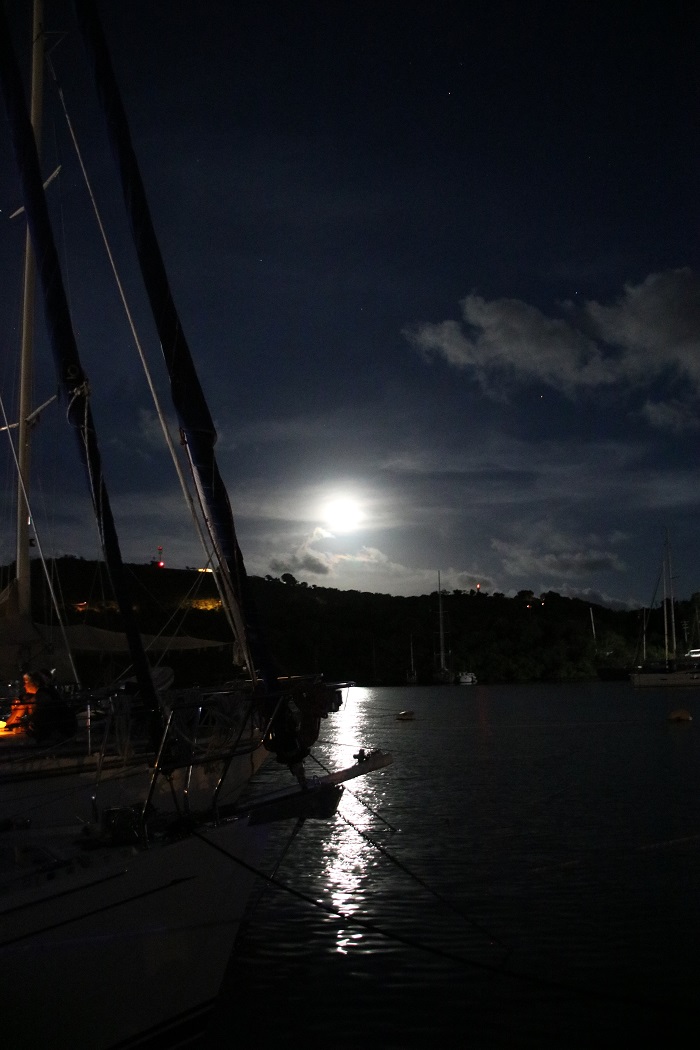
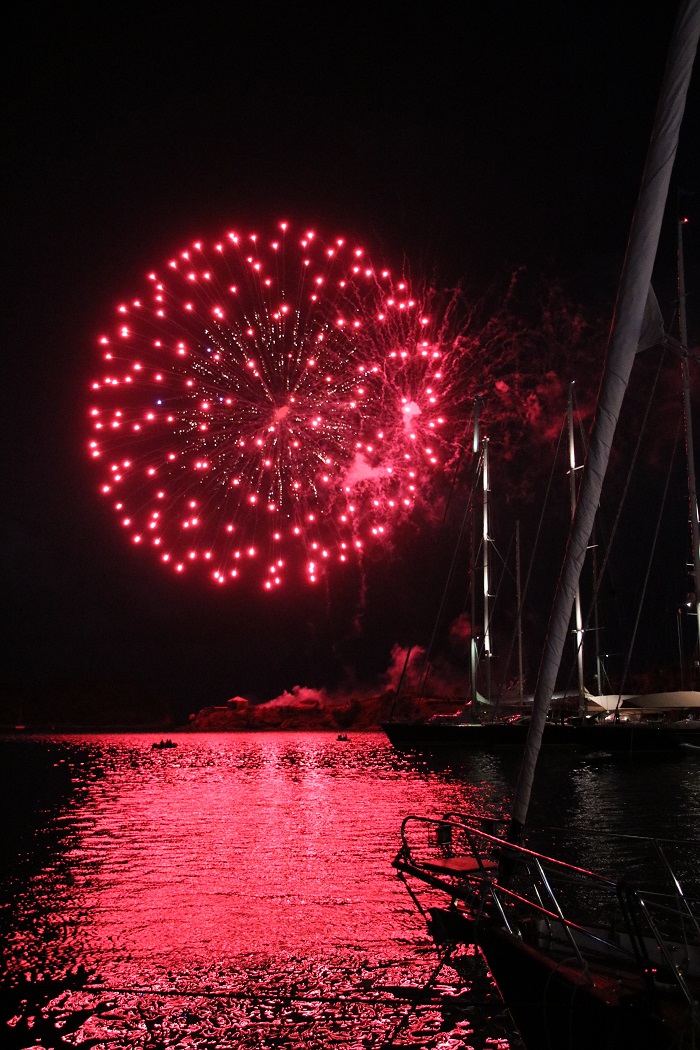
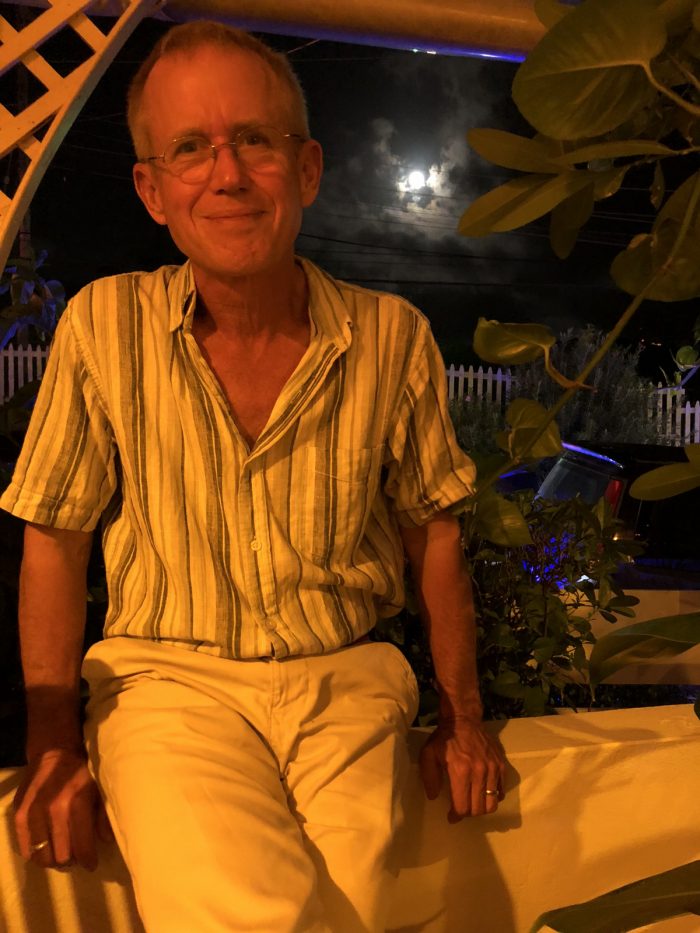
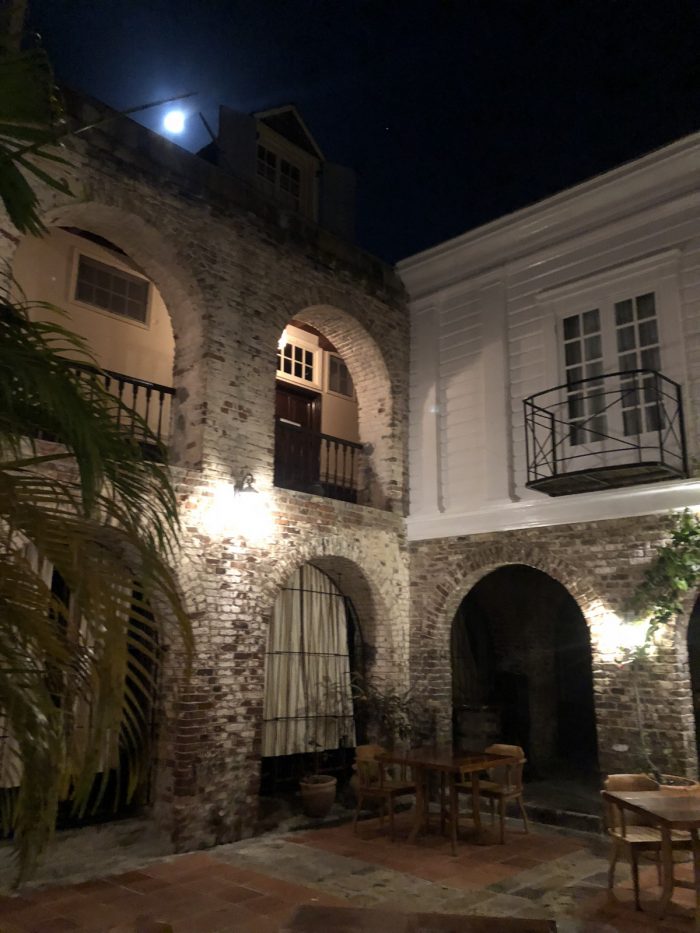
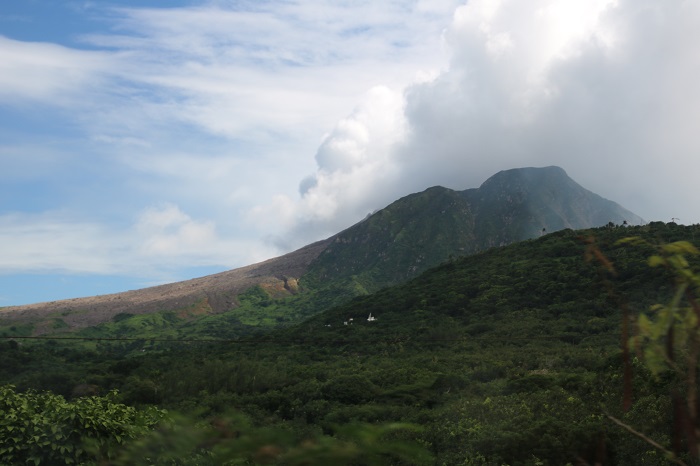
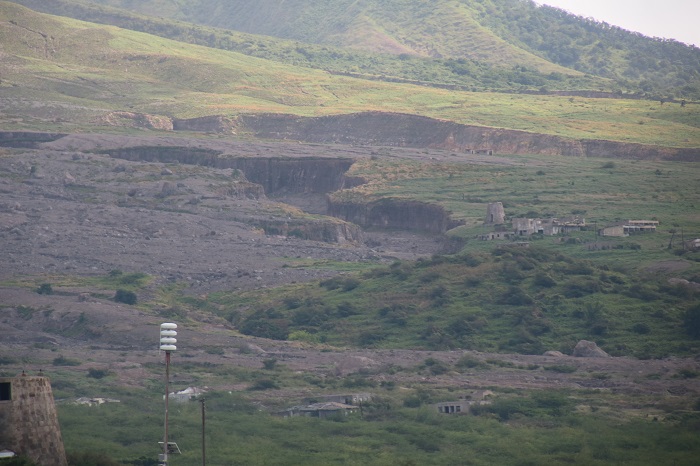
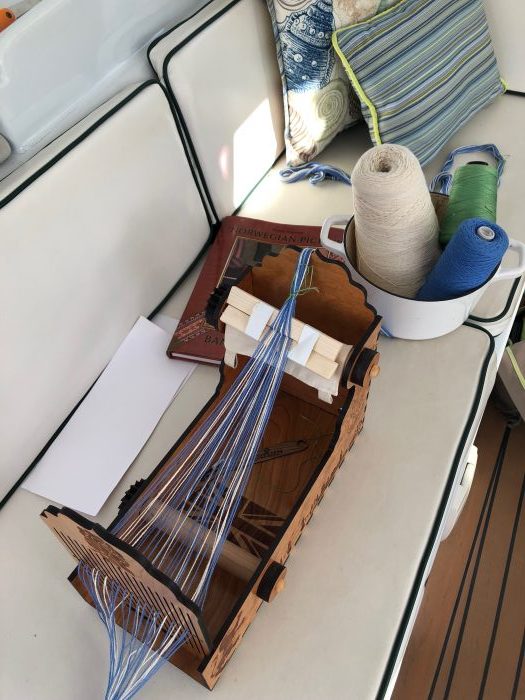
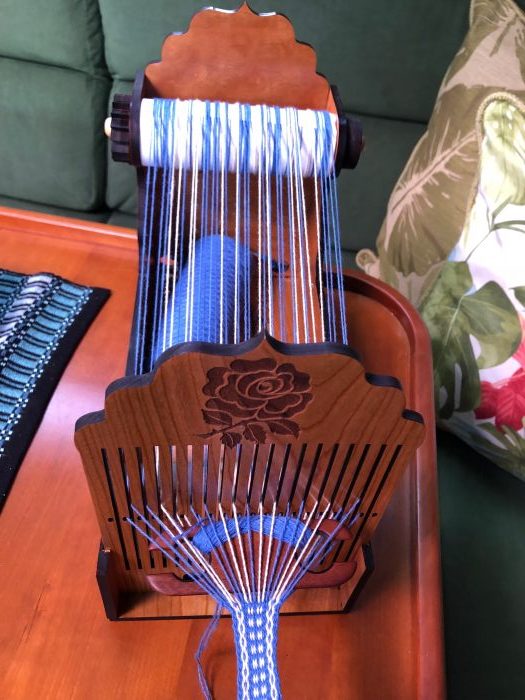
Happy New Year Brenda and Bob! Really enjoyed your post. I know exactly what you mean by resolutions, what a waste of time and way to make us feel guilty. Love the little band loom!
Hope to see you this year, miss our conversations.
Hugs to you. See you soon.
Joan